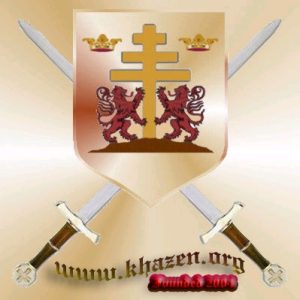
Notables and Clergy in Mount Lebanon analyzes the relations between the Maronite notables and the Church in the context of socio-economic transformations in Mount Lebanon in the period 1736-1840. Special attention is given to the influence of external forces, such as the economic interference of the European nations, the Syrian and Ottoman administrative framework and the increasing involvement of the Vatican in the affairs of the Maronite community. The emphasis is laid on the role of religious foundations, or waqfs, in the process of social and economic integration, both within the Maronite community and in the wider frameworks in which it gradually became incorporated. These external and internal factors can explain the remarkable political emancipation of the Maronite Church, which assumed an important role in the history of Mount Lebanon in the 19th century.
Richard van Leeuwen, Ph.D. (1992), is a research-fellow of the Royal Dutch Academy of Arts and Sciences at the Institute of Near Eastern and Islamic Studies of the University of Amsterdam, the Netherlands. He is currently working on a research project concerned with the practice of waqfs in Ottoman Damascus.
To order Notables & Clergy in Mount Lebanon please visit the:
Please check the different articles:
Theme: Illdy.